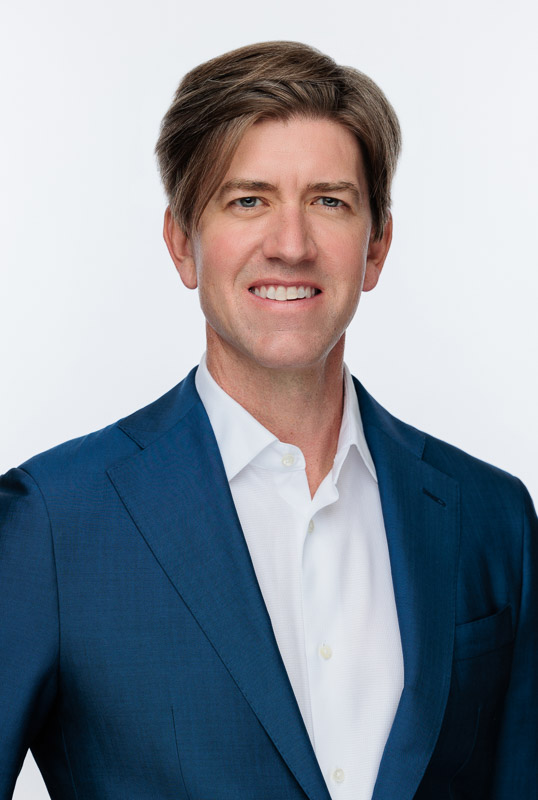October 28, 2020
 Ajay Rane, Vice President of Business Development, Sigfox
Ajay Rane, Vice President of Business Development, Sigfox
In 2017, the European Union revised its Medical Device Regulation (MDR) to require medical device manufacturers to show proof of their devices working as intended, and healthcare providers to show proof that they’re recording inventory of their devices. The objective of these amendments, effective May 2021, is to establish a higher standard of quality and safety for the medical devices being used within the region.
While an EU-issued mandate, the regulation doesn’t only apply to European stakeholders; any organization that operates or is interested in operating in the EU must also comply with the MDR. As the biggest suppliers of the EU medical device market, it’s particularly critical for American manufacturers to meet the requirements of this amendment if they want to continue business there.
Benefit to Medical Device Manufacturers: Continuous Device Performance Surveillance
Per the revised MDR, manufacturers must have a system established for executing ongoing surveillance of their products’ efficacy to prove to regulators that their devices work as intended over time. Such a system is necessary because manufacturers are required to report within 48 hours of becoming aware of any device malfunction that could pose potential public health issues.
IoT-enabled sensors attached to devices can recognize and alert operators to subtle changes in system behavior that may disrupt product function, which allows manufacturers to identify issues, notify healthcare providers and avoid serious harm caused by equipment failure. Being able to provide this level of proactivity through their devices can help manufacturers maintain ongoing compliance with EU regulations, in addition to ensuring their products are safe and effective for users.
Benefit to Healthcare Providers: Easier Inventorying Process
The updated MDR also requires all medical devices to have a unique device identification (UDI) code registered in the EUDAMED database so that each device is traceable to its point of origin. After a device has entered the market, data on its whereabouts and functionality need to be reported on an ongoing basis to provide clarity into how many devices are in use across the market. It’s important for healthcare providers to have a record of where devices are currently being used because, if a manufacturer notifies them that a product is malfunctioning, the providers can immediately locate where the device is and make the arrangements for replacing or fixing it.
If devices have IoT sensors attached to them and are connected to IoT-specific networks (e.g., a 0G network), inventory management within a healthcare organization’s system and uploading UDIs to the EUDAMED database can be carried out with greater ease, since geographic and conditions data from each device can be automatically transmitted.
IoT-specific networks like 0G can also be used in conjunction with local connectivity solutions like Wi-Fi to ensure insights on medical device whereabouts are consistently reliable as they travel with patients. Regardless of whether devices are being used in patients’ homes or in hospitals, these networks can work together to deliver the insights providers need to maintain central inventory tracking systems.
By equipping devices with IoT-enabled sensors, manufacturers can help healthcare providers and themselves keep track of their equipment in real-time, even when those devices are spread across multiple locations, and ensure every device is working as promised. By offering consumers products optimized with IoT capabilities, U.S. manufacturers will be able to operate in this critical market, in addition to making their offerings even more attractive to healthcare providers in any region.

 Ajay Rane, Vice President of Business Development, Sigfox
Ajay Rane, Vice President of Business Development, Sigfox


